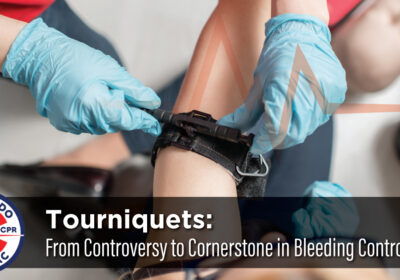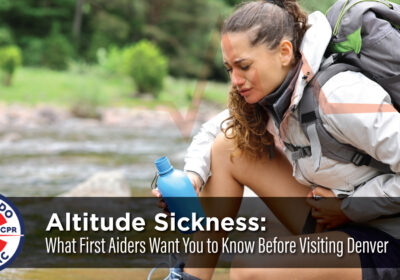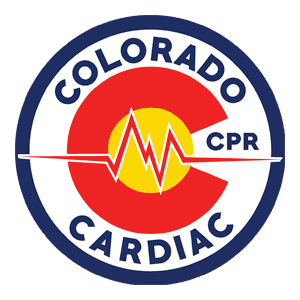Which of These Common Myths About CPR Do YOU Believe?

During our Colorado CPR classes, we hear a lot of commonly held beliefs about CPR; many of which are either misguided or untrue. Additionally, many people use some of these myths as reasons to avoid becoming CPR certified. It’s important that people are properly educated and informed about the lifesaving practice of CPR, which is why we decided to compile, and debunk, this list of common CPR myths. While none of this information can replace the instruction you will receive during certification classes, it’s nonetheless valuable to share.
Myth #1: Only professionals can safely and effectively perform CPR
The truth: According to the American Heart Association, CPR started right away by bystanders can triple a victim’s chances of survival. Anyone can perform CPR after basic training, which is why everyone benefits when more people get educated and certified.
Myth #2: You can learn CPR by watching an online video
The truth: There are CPR courses available online, but you should ensure that what you are watching is a course that is produced, sponsored, and taught by a reputable organization. 3CPR offers a full schedule of both in-person and Hybrid online/Skills courses for your convenience. In the hands-on, live, skills evaluation we help to empower you feel more confident in your ability to respond in a real emergency.
Myth #3: You can get in trouble, or injure someone, if you don’t perform CPR correctly
The truth: Performing CPR in good faith and without willful misconduct or negligence allows you protection under Good Samaritan Laws. You’re further protected if you continue CPR practices until emergency help arrives.
Furthermore, the potential harm from not performing CPR is far greater than the risk of performing it incorrectly. Consider, getting trained and certified for CPR in Colorado at 3CPR.
Myth #4: You must perform mouth-to-mouth breathing when you perform CPR
The truth: Let’s face it – the idea of getting that up-close-and-personal with a stranger when performing CPR is a little off-putting. Hands only CPR is very effective. When compressions are performed at the correct speed and depth; it helps keep the oxygenated blood flowing until the help arrives to take over.
Myth #5: CPR should be performed only after calling 911
The truth: CPR should be started right away when possible. Ideally, one person should call for help while someone else starts CPR. Starting CPR immediately greatly increases a victim’s chance of survival.
Myth #6: CPR should only be done if no pulse can be detected, or if a person has completely stopped breathing
The truth: It is no longer recommended that you check for a pulse before starting CPR. American Heart Association guidelines state that checking for a pulse is often inaccurate and delays the start of chest compressions.
Also, a victim may be breathing irregularly or noisily, or gasping, and still benefit from chest compressions.
Aside from all of the myths and truths listed above, you’ll learn so much more, in greater detail, during our CPR classes. Our courses will enable you to feel empowered to look past your uncertainty, discomfort, and any misguided beliefs you have about CPR and become certified. Being certified for CPR is a gift you give yourself, your loved ones, those under your care, and your community.
Related Posts

The MARCH Mnemonic Series – Tactical Trauma Care for EMS Providers
When seconds count and conditions are unpredictable, the MARCH mnemonic. provides a clear, evidence-based sequence…

Tourniquets: From Controversy to Cornerstone in Bleeding Control
The use of tourniquets has transformed modern trauma care. Once considered a last resort, they…

Altitude Sickness: What First Aiders Want You to Know Before Visiting Denver
Denver, Colorado, is famous for its sunshine, mountain views, and “Mile High City” nickname. But…
